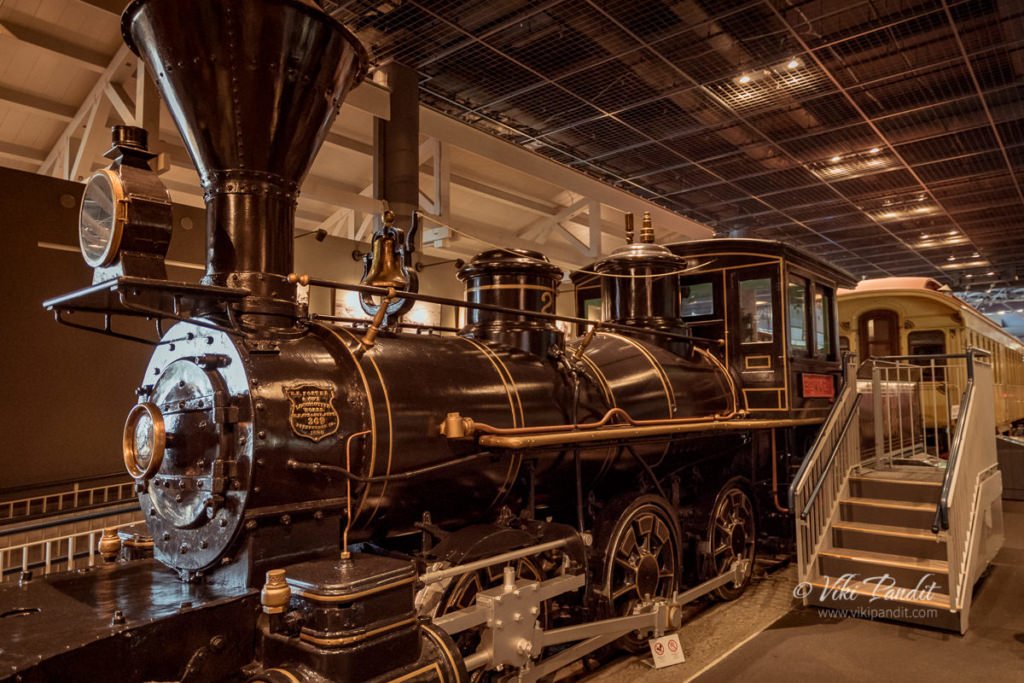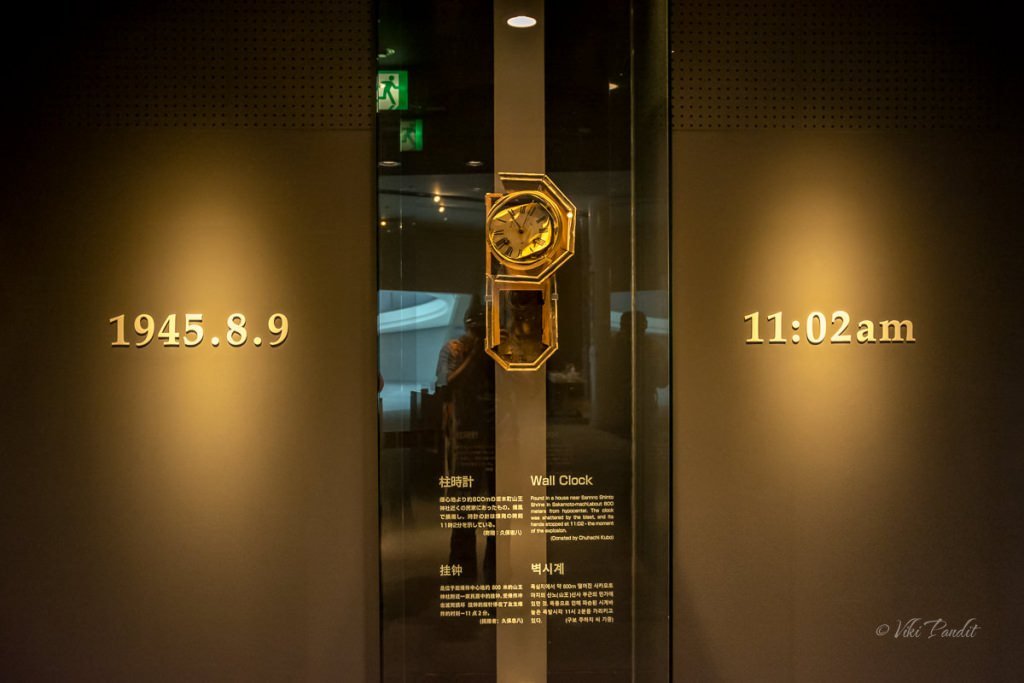

History of Japanese Railways
While we were in Kanto, I went down to see the Saitama Railway Museum that recounts the history of railway in japan. Operated by the East Japan Railway Culture Foundation, the museum features about 30 railway cars from different years as they have evolved to the enigmatic Shinkansen of today.

